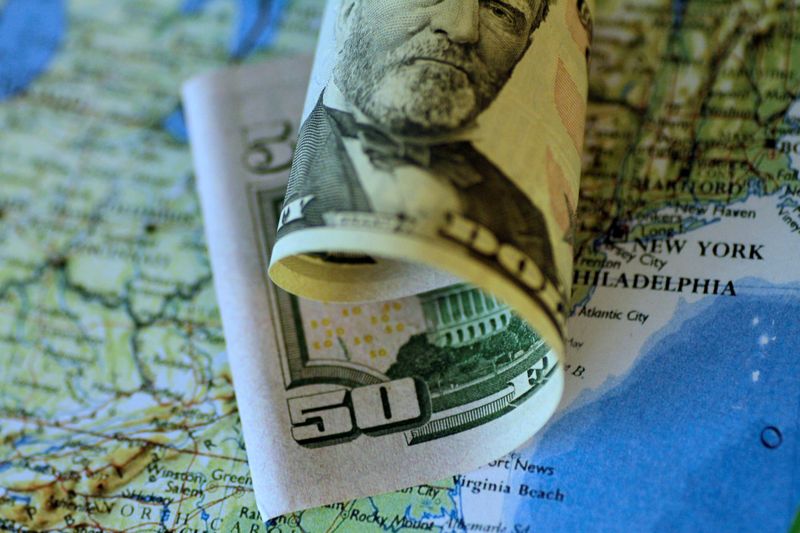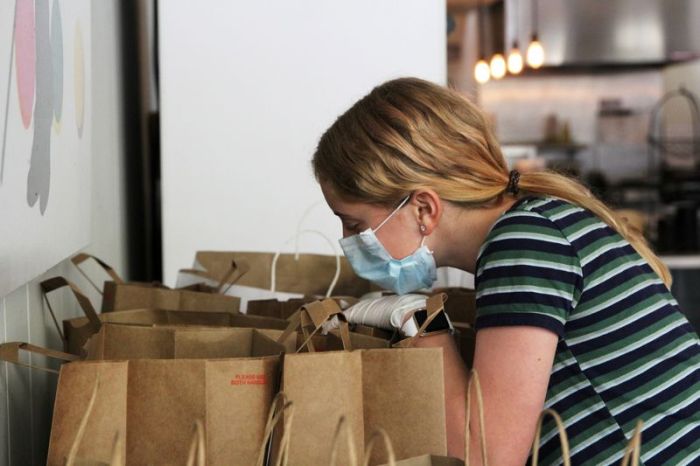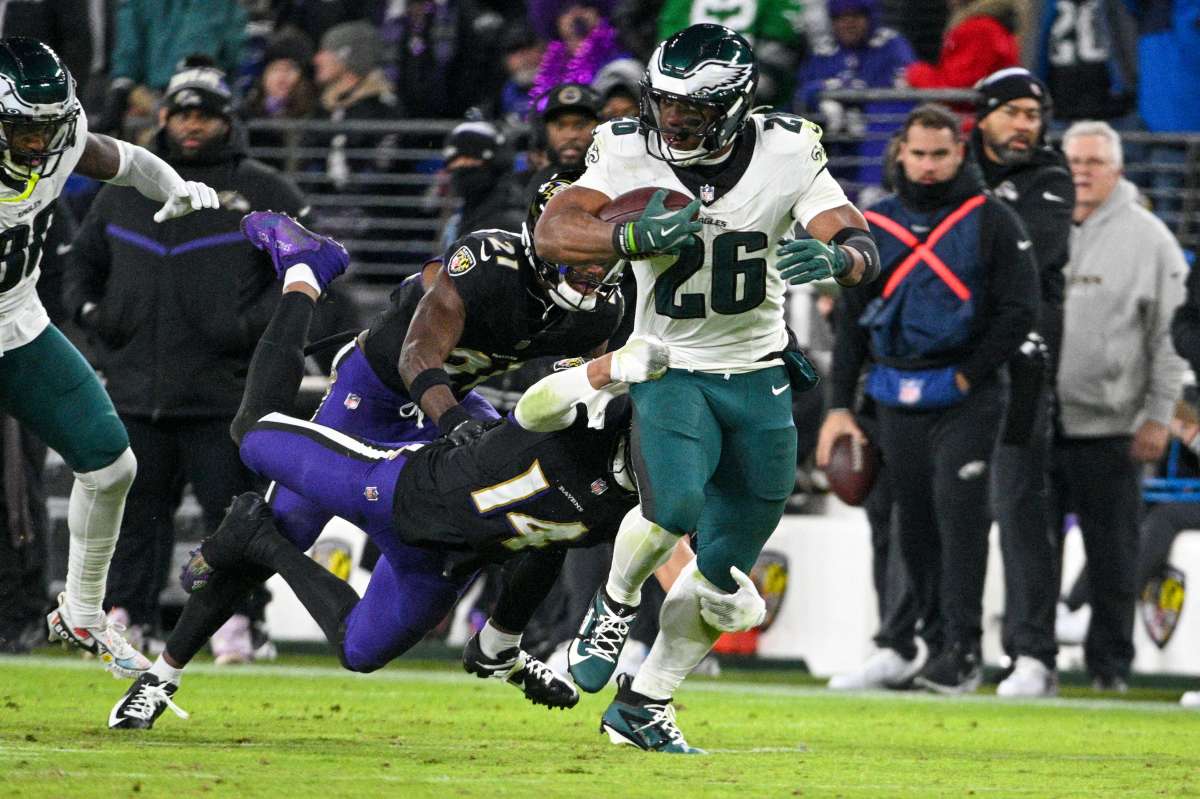NEW YORK (Reuters) – The U.S. dollar rose on Thursday, regaining its safe-haven appeal, as investors worried that the resurgence of U.S. coronavirus cases could erase the summer’s employment gains.
U.S. financial markets closed on Friday for the July 4th Independence Day holiday.
In early trading, the dollar fell as risk appetite increased after data showed the world’s largest economy created jobs in June at a far faster pace than market forecasts. But that optimism waned on reports of more U.S. cases of COVID-19.
Florida reported more than 10,000 new cases, the biggest daily increase in the state since the pandemic started, according to a Reuters tally.
A day earlier, the number of cases nationwide shot up by nearly 50,000, the fourth record rise in infections in the last seven days, following moves in many states to allow businesses to reopen from strict shutdowns.
“Dollar performance will hinge on the U.S. response to COVID,” said Juan Perez, senior currency trader at Tempus Inc. in Washington. “On that end, the U.S. is losing because the situation is far more difficult than in other parts of the world.”
Despite Thursday’s rise, the greenback posted its second straight week of losses against a basket of major currencies.
In early trading, the dollar hit session lows against the euro and held onto losses against a major currency basket after data showed that U.S. nonfarm payrolls increased by 4.8 million jobs in June, the most since the government started keeping records in 1939.
Payrolls rebounded 2.699 million in May. Economists polled by Reuters had forecast payrolls increasing by 3 million jobs in June.
The unemployment rate fell to 11.1% last month from 13.3% in May, diminishing the dollar’s appeal as a safe haven.
That said, Dave Rosenberg, chief economist and strategist at Rosenberg Research said it was important to put some perspective to the jobs report.
He said the survey took place in the week in June where every state had re-opened and “all you have to do in the payroll survey to be counted as ’employed’ is to have worked just one hour in the survey week.”
“We know that since then, around 40% of the states have now been forced to halt, or curtail their re-opening phases with the renewed jump in the coronavirus case count, so we shall see what July brings a month from now,” Rosenberg added.
In afternoon trading, the dollar index rose 0.1% to 97.269 <=USD>, as the euro fell 0.1% versus the greenback to $1.1235 <EUR=EBS>.
Despite the dollar’s recent spell of weakness, the greenback was still up about 2.5% from the 2020 low of 94.6 in the dollar index hit in early March. A Reuters poll predicts more weakness for the greenback over the next 12 months due to weak global demand.
The dollar gained 0.1% against the yen to 107.54 yen <JPY=EBS>.
(This story corrects typographical error in first paragraph; removes second bullet point)
(Reporting by Gertrude Chavez-Dreyfuss; Editing by Jonathan Oatis and Andrea Ricci)

























